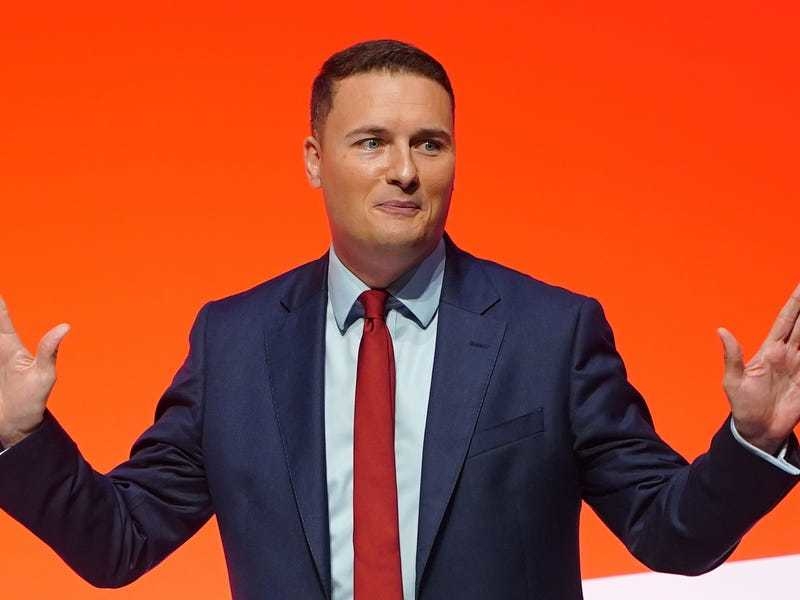While the speed at which marketing agencies work has increased, Jon Allo, managing director of AI Studio, says the fundamentals of business remain the same. Emily Moore reports
DESPITE having spent nearly all of his career working in sales and marketing, as he sits down for this interview, Jon Allo admits that he doesn’t feel entirely comfortable being in the spotlight.
‘It’s odd to promote myself,’ laughed the managing director of AI Studio. ‘It’s rare to be in a position where I’m the one being asked questions.’
Indeed, with a role which revolves around understanding as much about his clients’ businesses and objectives as possible, much of Jon’s 30 years at the agency, which started life as Advertising International, has involved asking lots of questions.
‘Our role is to help businesses to get their message to their customers,’ he explained. ‘Unfortunately, though, businesses don’t always know what their message is. I always start by asking what the three main reasons are that people should buy their product or service. It should be a simple question with an instant answer but that isn’t always the case. In those instances, our first job is to help the client to see the main benefits that their product or service can bring to customers.
‘To do this, we speak with people across the business to understand what makes the company tick and why customers will want what they are offering. That’s why it is so important because people buy for so many reasons, and the decision often has nothing to do with cost. For example, if everyone’s purchasing decisions were based purely on cost, no one would wear a Rolex or drive a £50,000 car.
‘Instead, people are buying items for the prestige, comfort or safety that the piece brings them and our job is to understand that and put that message into words, pictures and graphics and into channels where the target audience will see it. After all, if people don’t know your product exists, they will not buy it.’
Choosing the right channels for those communications is one area of the marketing world which Jon says has changed considerably since he joined Advertising International as an account manager in 1993.
‘It used to be the case that if you ran an advert in the JEP, on Channel Television, as it was then, and – a little bit later on – on the radio, then you had covered all your bases,’ he reflected. ‘Now, of course, the picture is very different. The days of having to pick up a newspaper or sit down in front of the television to get the news have gone; the news now comes to you through your mobile devices and social-media channels.

‘That has created several new ways of reaching customers, with TikTok being the latest big thing. With so many different outlets now available, clients often say they want to be everywhere from LinkedIn and Facebook to TikTok and Twitter. But it’s still important that messages are targeted. You don’t need to be everywhere because your customer will not be everywhere. And this is where it comes back to asking those questions and understanding who your customers are and what they are doing. Then you can create a relevant series of messages to play out across the right media.’
Within a couple of years of joining the business in 1992 – following stints at the JEP and Channel Television – Jon was offered a position as a director of the firm.
‘It was in about 2000 that, together with two other colleagues, I purchased the business,’ he said, explaining that, after subsequent changes, he is now the sole owner of AI Studio.
‘Although still officially registered as Advertising International, we changed the trading name in 2019 to reflect the new business model and refresh the brand to ensure that we remained relevant in the changing marketplace,’ he explained.
One of these key changes, he explains, is the relationship between clients and agencies.
‘We have become an extension of our clients’ marketing teams,’ he said. ‘It is not just the norm now for businesses to outsource certain areas of their work – such as marketing – but it is also standard practice for agencies to outsource various aspects of a project.
‘Gone are the days of agencies employing 20 or 30 staff, which placed a huge strain on the business. Now, AI Studio employs six staff directly – who undertake 70% to 80% of the work – and works with a number of freelancers in Jersey, the UK and Europe who specialise in certain areas. With this arrangement, we are able to offer anything from design and content creation to merchandise and event organisation.’
Perhaps unsurprisingly given the evolving nature of the media over the past three decades, Jon says that the pace is another element of the job which has changed significantly.

‘Everything used to take a lot longer,’ he smiled. ‘In the early days of the internet, I remember that we had a dial-up machine, which we had to plug into the phone line if we wanted to go online so we had to choose between using the phone or the web.
‘There was also a lot of manual work. If we wanted to place an advert in the JEP, for example, we had to print the artwork onto bromide paper and then physically take it to the JEP office. If we were producing a brochure, we had to print hard copies and take them to the client, who would then mark up the amendments and return the copy to us.’
And while the introduction of email saw the speed begin to pick up, Jon said that many of the agency’s clients were initially sceptical about the future of online.
‘In the mid-90s, we produced a brochure about the worldwide web, as people called it then, and sent the literature out to all our clients. We had literally zero response. No one was interested, as they didn’t think it would catch on,’ he laughed.
While that view may have been somewhat misguided, Jon does not believe that the growth of digital has rendered print media redundant.
‘Print definitely still has its place in the marketing mix,’ he said. ‘It’s all about getting the right messages to the right customer in a way which makes their life easier. While it makes their life easier, though, it makes our job harder as you really have to understand both your clients’ business and their customer.’
Although digital has complicated the choice of communication channel, it has, says Jon, introduced other advantages.
‘Even if people choose to make a purchase offline, they often choose to browse and do their research online so one of the greatest challenges is ensuring that a brand’s messages are consistent across all channels, something which is key for boosting consumer confidence,’ he explained.
‘One of the great advantages of digital advertising is that it is much easier to measure engagement and success. Advertising is an investment and, if you do it right, you will get a return on that investment. There is nothing worse than not knowing at the end of a campaign whether it has been successful. Therefore, one of the key elements of our job is to help people not only to understand their objective but to know what success looks like and how we will evaluate whether the goal was achieved.’
Having rolled out countless campaigns over the past 30 years and suffered his fair share of frustrations, Jon admits that there have been times when he has considered a change of career, but each time he has questioned his future, his deep-set love of the job has come to the fore.
‘It certainly hasn’t been a walk in the park and there have been times, particularly when other people have left, that I’ve wondered whether it is time for me to go,’ he acknowledged, ‘but, without wanting to sound too clichéd, that sense of loyalty to both the team and our clients has always won through.
‘We’ve got a great team here who work hard, and I am a firm believer in the old adage that people buy from people who they know, like and trust. I also believe in honesty, hard work and over-delivering and, of course, the importance of advertising. It was the author Steuart Henderson Britt who said: ‘Doing business without advertising is like winking at a girl in the dark; you know what you’re doing but no one else does.’ To me, that really sums up the industry. After all, if you don’t advertise, who knows that you exist?’






